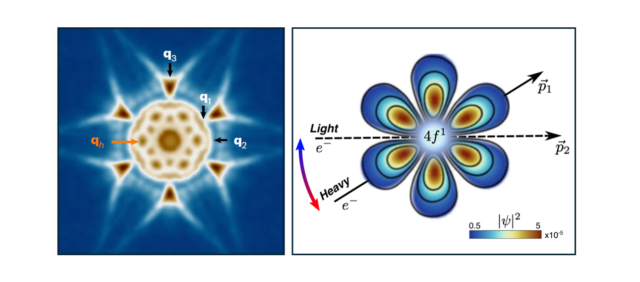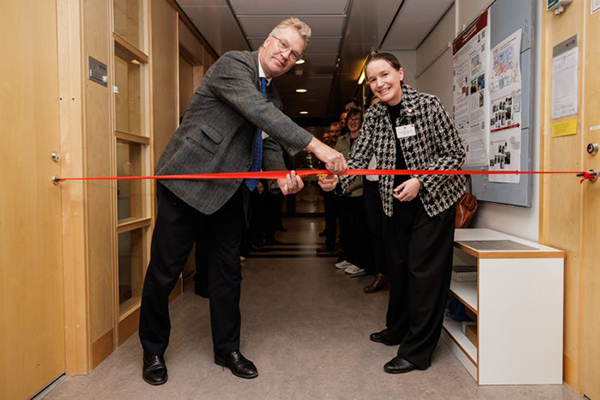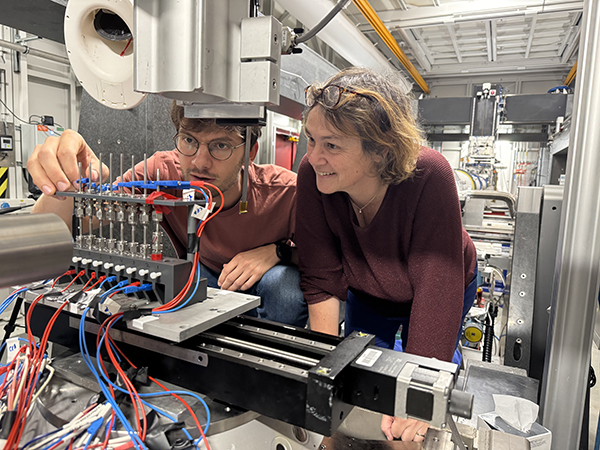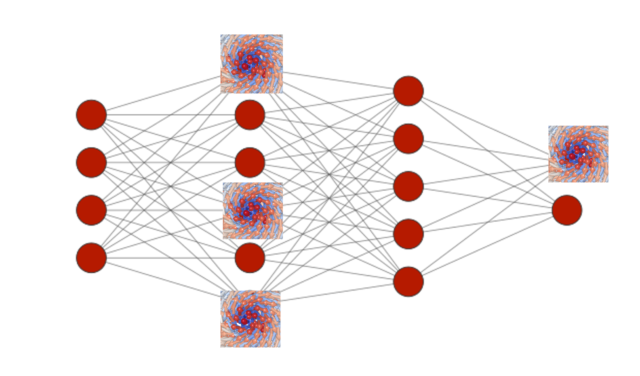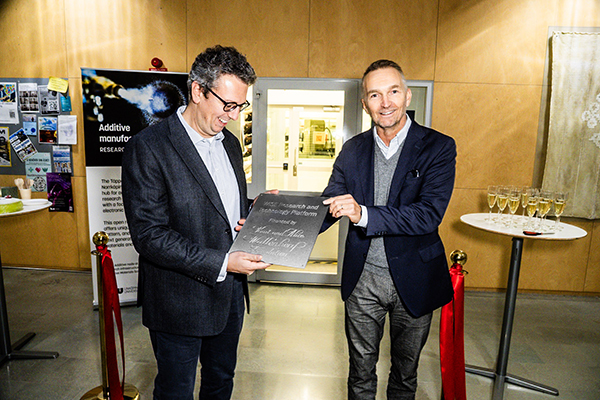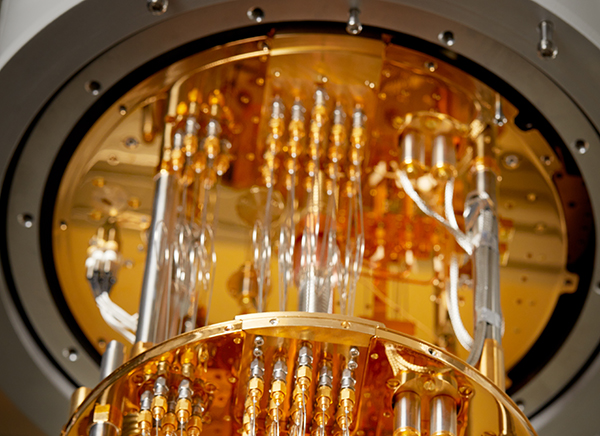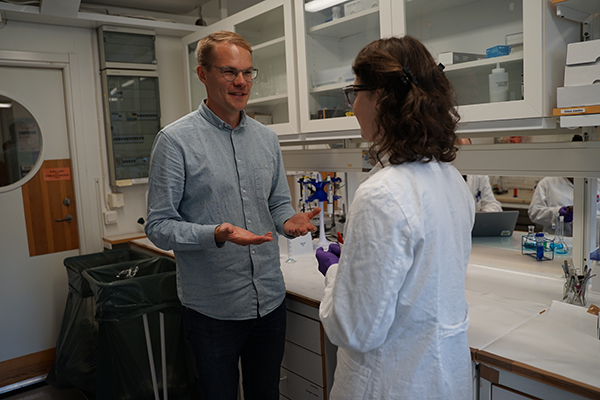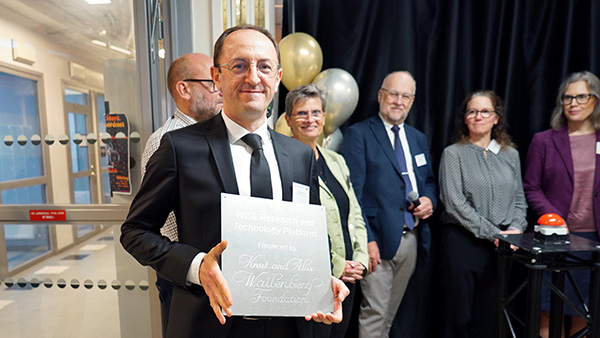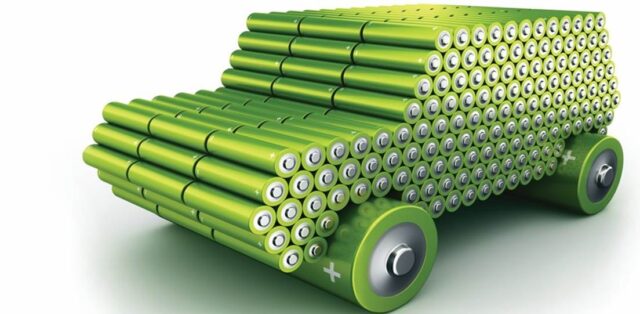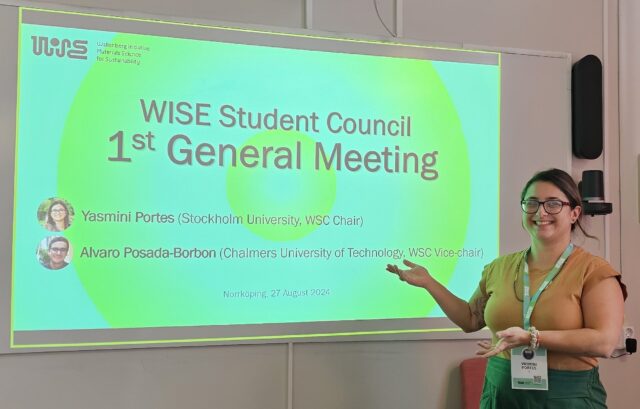From electric motors to memory devices, magnetic materials are at the heart of a great many technological applications. Naturally occurring magnetic elements such as iron, nickel, and cobalt are well known for their ferromagnetic properties. This ferromagnetism arises from the alignment of individual magnetic moments, which can be thought of as tiny magnets all pointing in the same direction, forming a single magnetic texture. When the dimensionality of such a system is reduced, for instance by creating monolayers or ultrathin films, it can lead to a variety of non-typical magnetic textures. A notable ensemble of WISE expertise—including Vladislav Borisov (WISE-affiliated researcher, Uppsala University), Prof. Mikhail I. Katsnelson (Radboud University, WISE Guest Professor), Prof. Konstantin Novoselov (National University of Singapore, member of WISE’s International Scientific Advisory Board), Prof. Olle Eriksson (Uppsala University, WISE co-director), and collaborators—have uncovered a novel form of magnetic order in mechanically exfoliated layers of the ferromagnet CrBr₃.
In their study published recently in Advanced Science, the researchers investigated the magnetic properties of mechanically exfoliated CrBr₃ layers with film thickness ranging from a monolayer (around 1 nm thickness) to 600 nm (bulk system). They demonstrated that in the intermediate thickness regime (170-300 nm), unconventional magnetic order occurred in these films, which were observed as overlaying magnetic sub-systems with distinct magnetization textures.
To reveal and analyze these textures, the team employed magnetic force microscopy and compared the resulting images with micromagnetic simulations, allowing them to identify the conditions under which such correlated sub-domains can form.
-These magnetic textures emerge in this quasi-2D material due to interactions between atomic magnetic moments (tiny magnets) across different atomic layers, particularly in regions where atomic ordering defects appear in an otherwise well-ordered lattice due to a relative shift of neighboring layers, explains Vladislav Borisov, WISE-affiliated researcher at Uppsala University.
Professor Konstantin Novoselov, one of the authors of this publication, currently based at the Centre for Advanced 2D Materials at the National University of Singapore, was awarded the 2010 Nobel Prize in Physics alongside Andre Geim for their groundbreaking work on graphene (a single layer of carbon atoms arranged in a honeycomb lattice). They famously isolated graphene using mechanical exfoliation—a method also employed in this study. Although the exfoliation of layered materials into nanomaterials by disrupting interlayer bonds through mechanical, chemical, or thermal means has a long-standing history, it was the 2004 breakthrough by Novoselov and Geim using ordinary Scotch tape that sparked a surge in research and significant advancements in the field of 2D materials.
-This was an exciting collaboration where experimental work and theoretical modeling came together to address unconventional magnetic behavior in two-dimensional materials, adds Prof. Olle Eriksson from Uppsala University and WISE Co-director.
More details about this publication, “Correlations in Magnetic Sub-Domains as an Unconventional Phase Diagram for van der Waals Ferromagnets” by Sergey Y. Grebenchuk, Magdalena Grzeszczyk, Zhaolong Chen, Makars Šiškins, Vladislav Borisov, Manuel Pereiro, Mikhail I. Katsnelson, Olle Eriksson, Kostya S. Novoselov and Maciej Koperski [Advanced Science 2500562 (2025)] can be found at https://advanced.onlinelibrary.wiley.com/doi/10.1002/advs.202500562?af=R
To learn more about Vladislav Borisov’s research in WISE:
Computer design of new class of green magnets for energy applications and next-generation computing




